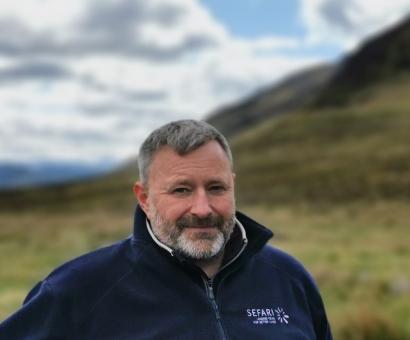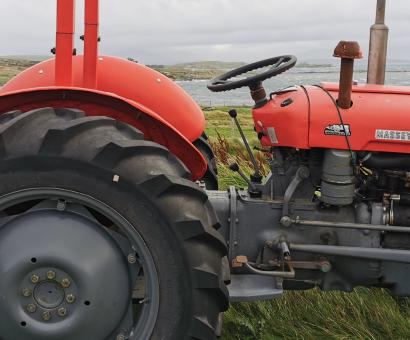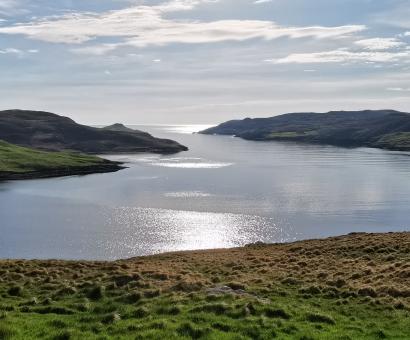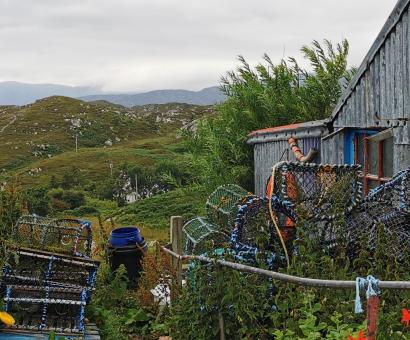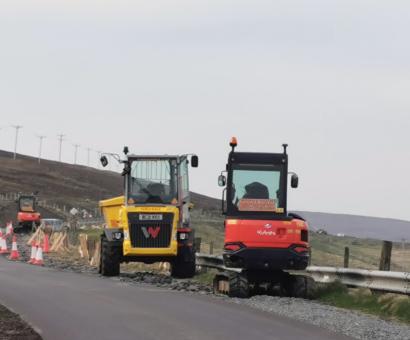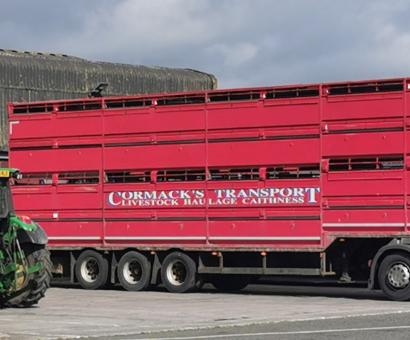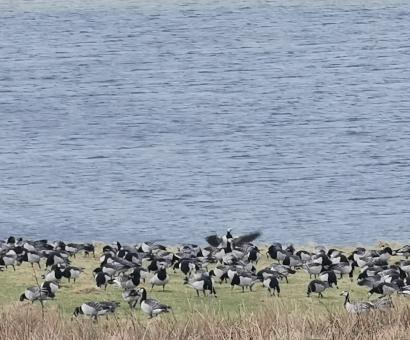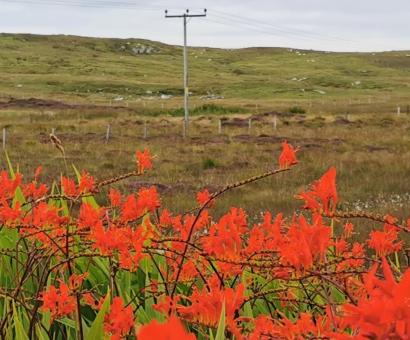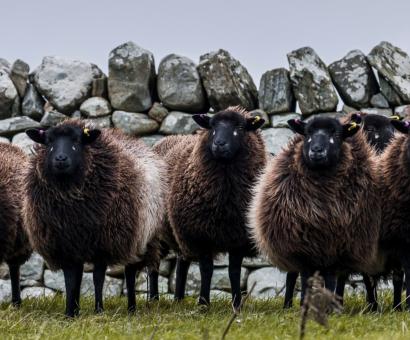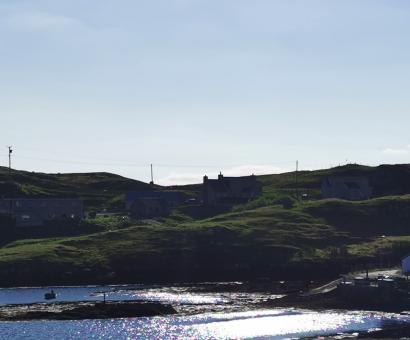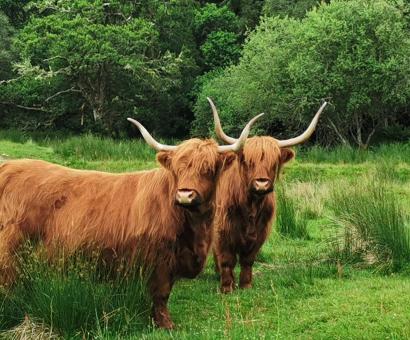Key Points
The Key Points section of the SRUC report Rural and Agricultural Development: Maximising the potential in the islands of Orkney, Shetland and Outer Hebrides can be downloaded as a stand alone document from the link below. This section provides a plain-English summary of the key points from the report. Some of the main points raised include:
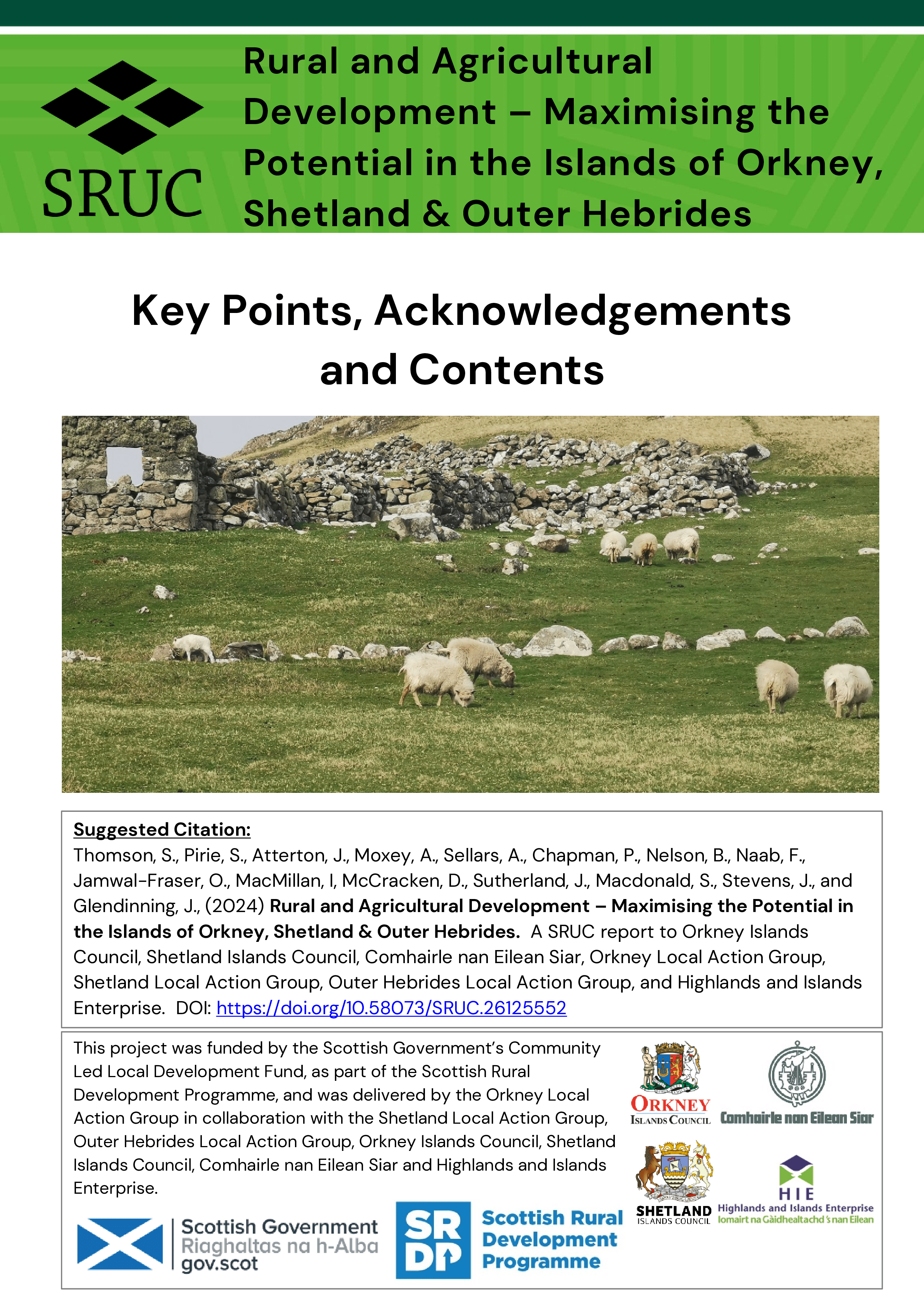 SRUC were commissioned to research the impacts of proposed agricultural policy changes on farming, crofting and rural development in Orkney, Shetland and the Outer Hebrides. This reflected concern that national-level policy may not adequately recognise local contexts, with potential adverse implications for island economies, environments and communities.
SRUC were commissioned to research the impacts of proposed agricultural policy changes on farming, crofting and rural development in Orkney, Shetland and the Outer Hebrides. This reflected concern that national-level policy may not adequately recognise local contexts, with potential adverse implications for island economies, environments and communities.- There are differences between each of the three island group' agricultural industry resulting from different land quality, culture and climate conditions - which in turn are very different to those in other parts of Scotland as a whole. Whilst there are inter-island differences, agriculture accounts for a higher share of private businesses, turnover and employment in island economies than other regions of Scotland. Multiplier effects extend this greater relative importance along local supply-chains and into the wider rural economy. Moreover, farming and (in particular) crofting are important aspects of local culture.
- Opportunities and constraints faced by the islands’ land managers differ. For example, in terms of underlying biophysical growing conditions, transport costs, demographic trends, digital connectivity and land tenure (particularly for crofting). Hence the nature of complementarities and trade-offs between different policy objectives varies spatially: a national, one--fits all, approach across Scotland cannot address this heterogeneity.
- Crofting remains culturally important in both Shetland and the Outer Hebrides, providing a connection to the land for a large proportion of residents. The management of common grazings comes at higher marginal cost than land managed by sole traders, as committees need to be formed and clerks appointed. How future entry level requirements in the Whole Farm Plan, or conditional environmental measures, work on common grazings need serious consideration by Scottish Government to ensure crofting (and the unique habitats it provides) can survive and thrive.
- Over the last 20-years there was a general reduction in the number of supported croft and farm businesses, with some marked reductions in livestock numbers in some places, notably sheep decline in the Outer Hebrides). This reflects the interaction of local conditions with market pressures but also several key changes in support, demonstrating how policy affects land use.
- For small-scale producers in receipt of modest support payments, the costs of adopting proposed Tier 1 Whole Farm Plan measures are likely to be disproportionate compared to larger businesses (i.e. professional fees and opportunity cost of own time will exceed the value of any support payment). This may to lead to some small producers withdrawing from the future support framework and put at risk public monetary flows for land management in some areas where support payments play an important socio-cultural role (croft housing, land management, habitats, links to wider CLLD, etc).
- The absence of proposals in relation to common grazings (66% of Outer Hebrides’ agricultural area; 39% of Shetland’s) was noted as being of concern given the challenges of collective management under crofting legislation - challenges that should merit additional specific support.
- The proportion of the islands’ workforce with some (self-reported) working association (often part-time) with agriculture is much higher than for other regions of Scotland, averaging over one-in-ten for both Orkney and Shetland and one-in-five for the Outer Hebrides.
- The cost of input supplies and moving finished product to market are considerably higher on the islands than on the Scottish mainland. This puts island producers at a competitive disadvantage from mainland producers (although the island uplift in the Scottish Suckler Beef Support Scheme offsets some of these costs).
- Community Led Local Development is vital to the sustainability of Scotland’s Island communities. In many of these communities, the business base is low and therefore community-led activity is vital to sustaining key services, and therefore to maintaining population levels.
The download link to this section of the report is found below, or you can return to the main report page here.




